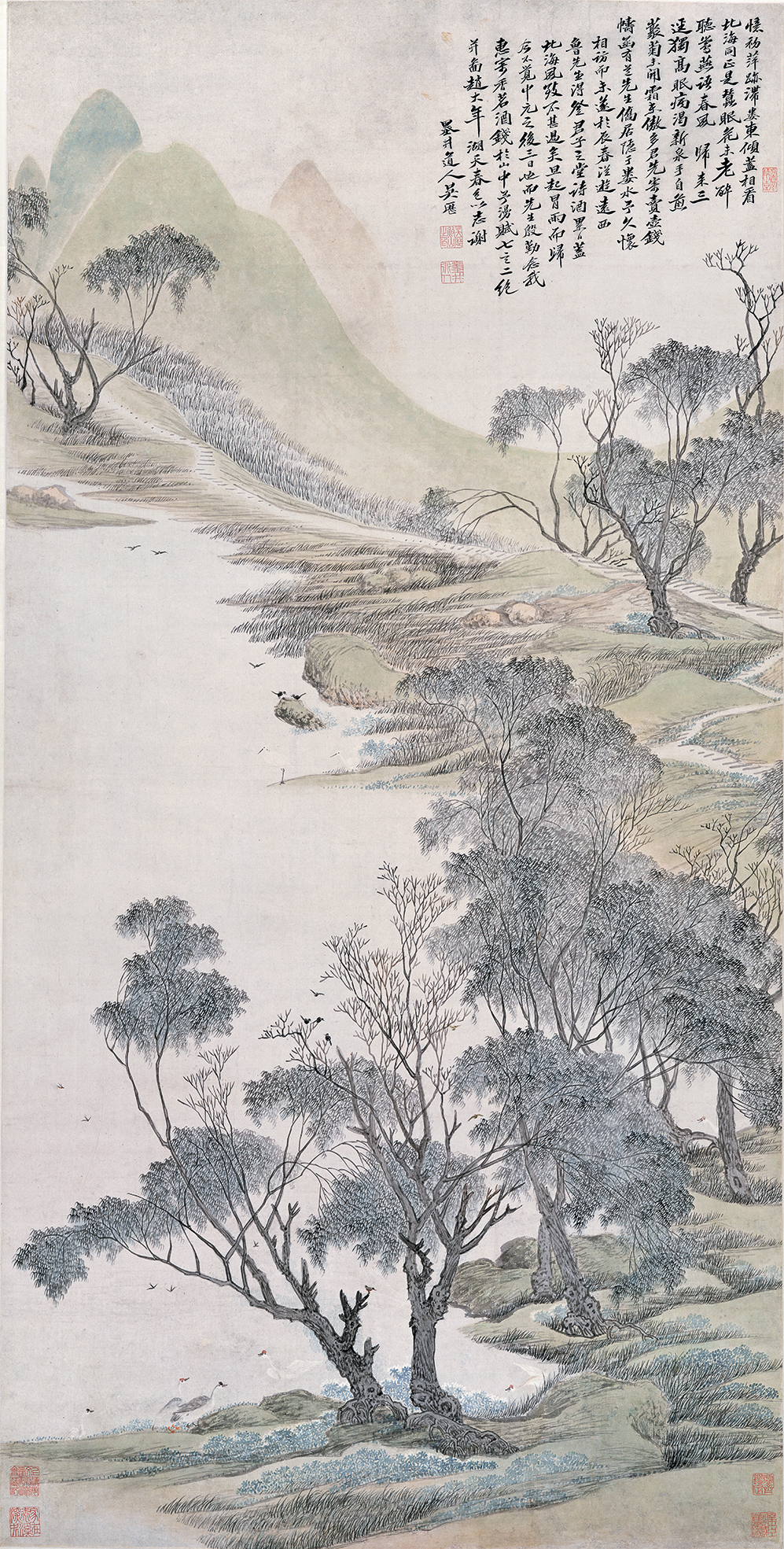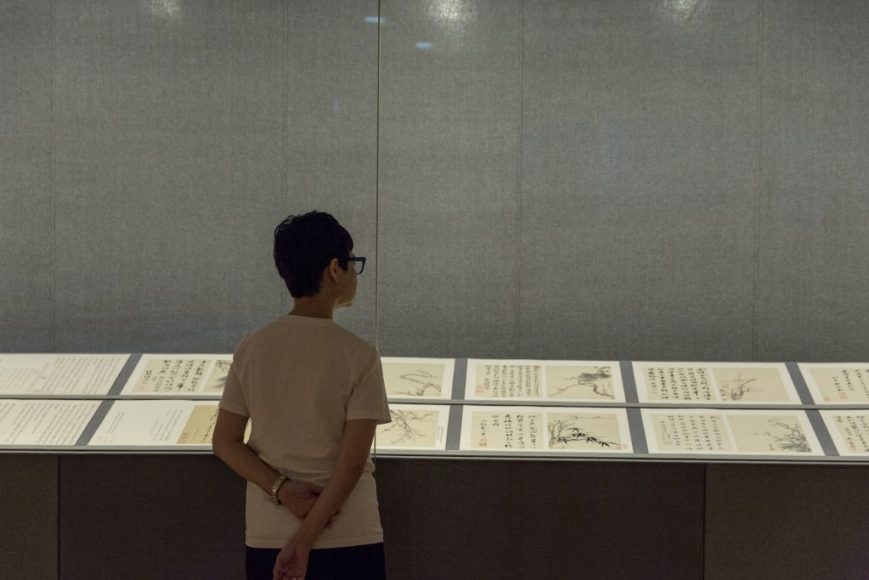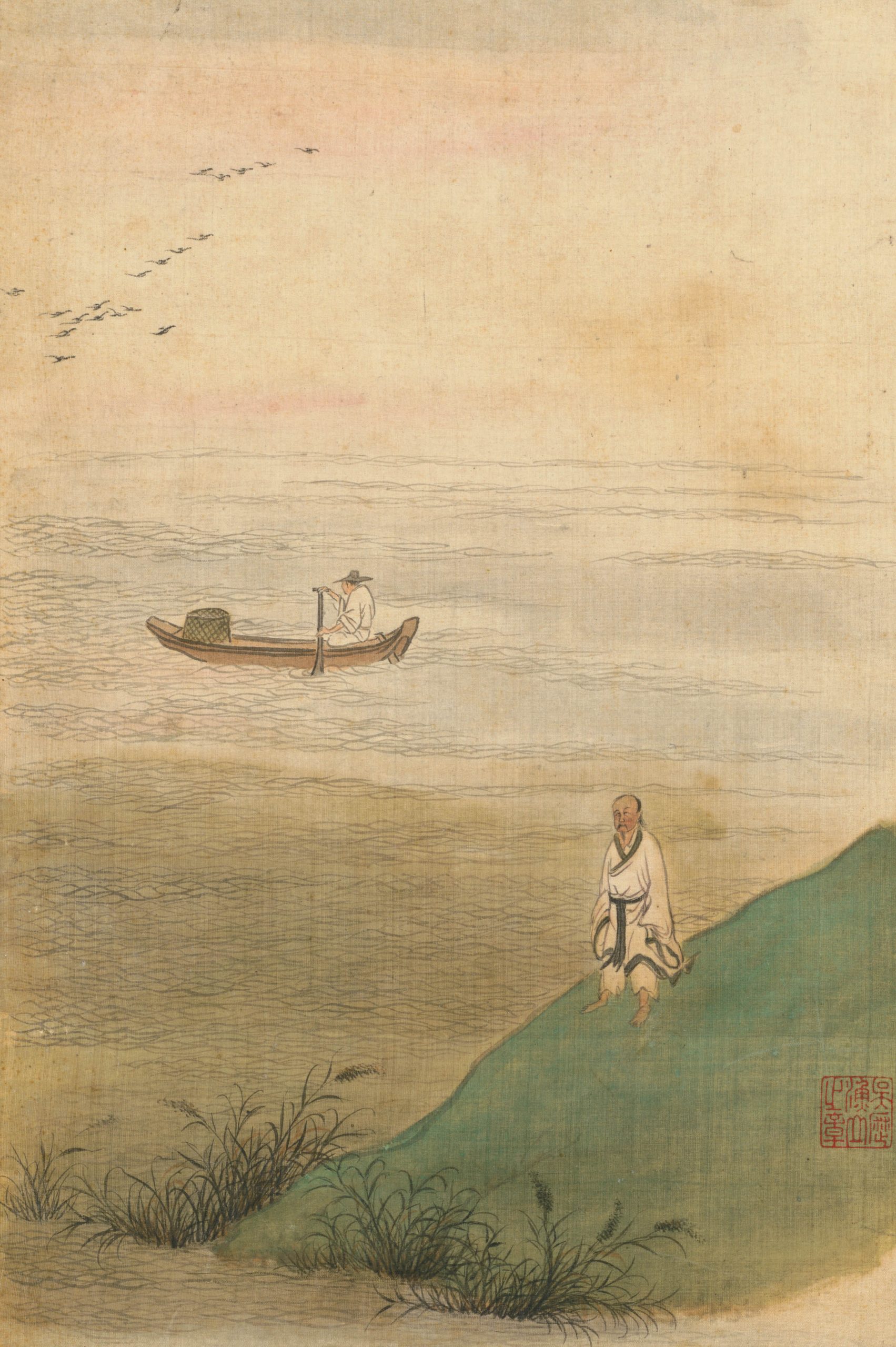
“From the second floor, I can see three ways. I hear no wind but the waves of the sea like thunder. I watch the seagulls come and go. It is on the second floor that I live and sleep.”
These words come from a poem written in the 1680s by Wu Li, a native of Changshu in Jiangsu province, when he was studying to become a Jesuit priest at St Paul’s College. He was in his 50s and learning Christian theology and Latin. Before coming to the city for seminary, Wu had mastered Chinese traditional painting, garnering acclaim for the unique style of his exquisite landscapes. Today, he is recognised as one of the Six Masters of the early Qing period.
The poem is part of “Beyond the Scenery,” an exhibition of calligraphy, paintings and poetry created by Wu, his mentors and friends, to mark the 300th anniversary of his passing. Nearly half of the of 84 sets have never before been on public display, a fact sure to draw crowds to the Macao Museum of Art exhibition, running 7 September–11 November.
“It took us a year to organise this exhibition,” said Chan Kai Chon, director of the museum. “It required the support of the Palace Museum in Beijing and the Shanghai Museum, which lent us pieces, and the approval of the national authorities [to allow them to leave the mainland]. We thank them and the Hong Kong Museum of Art for their support.”
Wu left behind less than 100 paintings. While most are held by the Palace and Shanghai Museums, 28 and 35 respectively, the remaining pieces are scattered across museums in Tianjin, Nanjing, Taiwan, Japan, and the US. According to Chan, this exhibition marks the first time that so many works of Wu Li have been exhibited in one place.
“Wu was a man of many talents – poetry, articles, calligraphy, playing the lute, painting, Latin, and theology. He was remarkable,” Chan reflected.
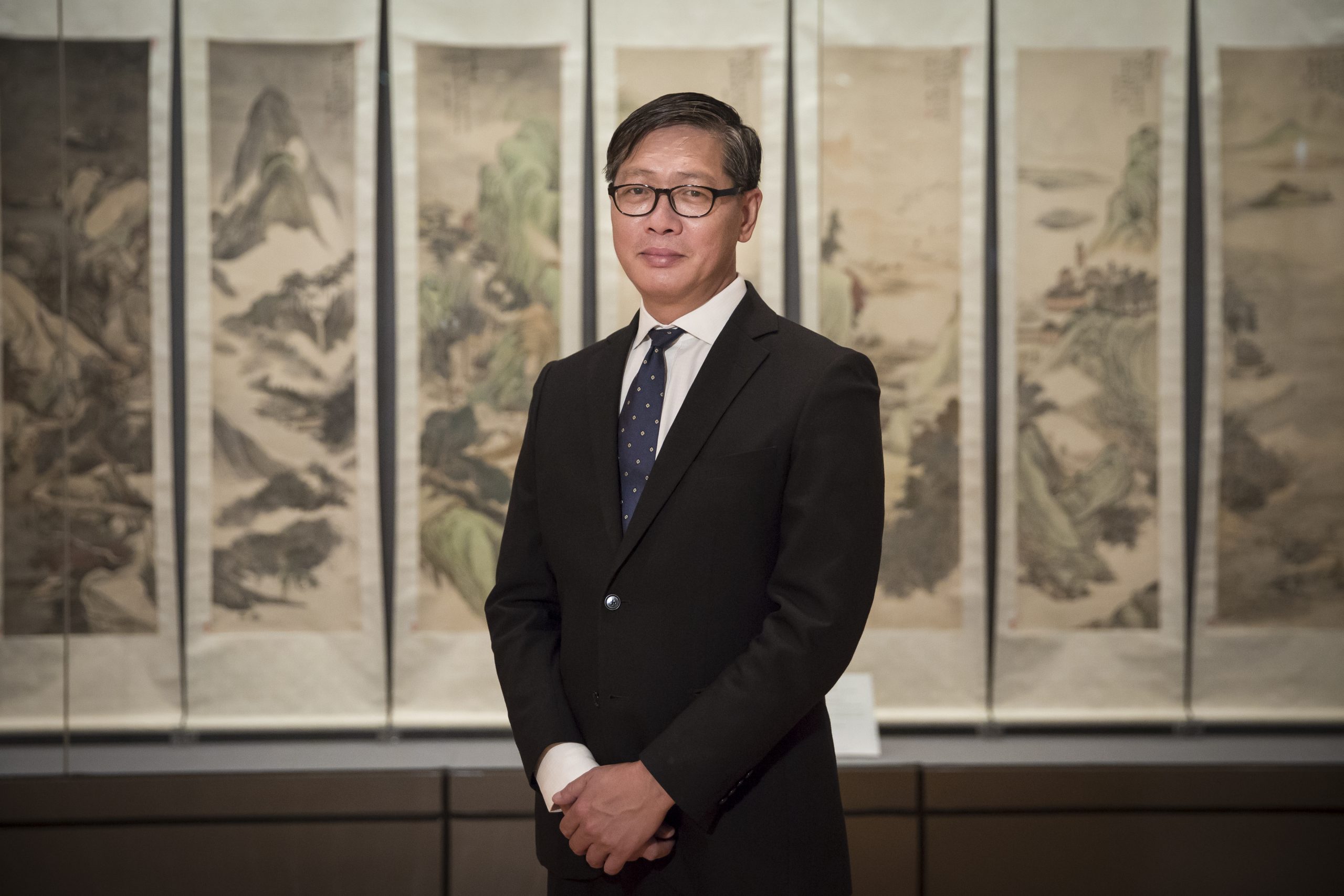
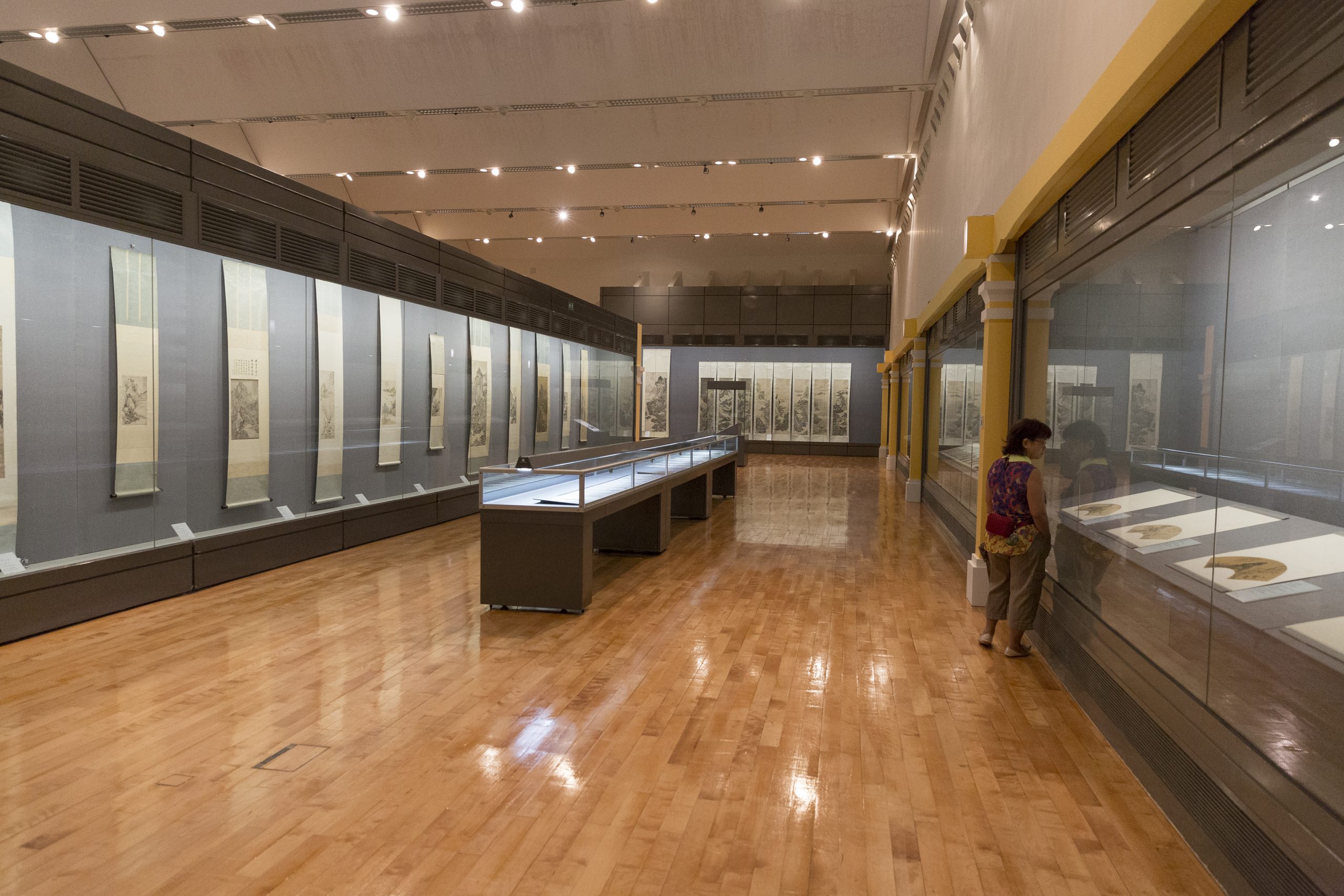
Cultivating an intellectual
Wu was born in 1632 in Changshu, Jiangsu province, east China. With a mild climate and fertile land in the Yangtze River Delta, it was and is one of the richest cities in the country.
Wu was born into a gentry family of learning and status. His grandfather and great‐grandfather were high officials under the Ming dynasty (1368–1644). For generations, his family lived near the former resident of Yan Yan, a major disciple of Confucius in the south.
He received a traditional education, learning Confucianism and Buddhism and studied poetry, painting and the qin, a seven‐string instrument similar to the zither. His father passed away when he was young. His mother chose not to remarry – earning praise from society – and concentrated on raising Wu and his two brothers. The family was highly educated but poor.
When he was 12, a cataclysmic change occurred: the overthrow of the Ming dynasty by a Manchu army from northeast China, and the establishment of the Qing dynasty (1644–1911). The people of Changshu saw the brutal tactics used by the Qing army to subdue resistance in the areas south of the Yangtze river. Wu himself witnessed three massacres committed by the army in the city.
For a family like the Wus, loyal to the Ming, it was a blow that they could barely accept. Like other educated Han intellectuals of his time, Wu took a vow not to serve the new regime, which was Manchu and not Han Chinese.
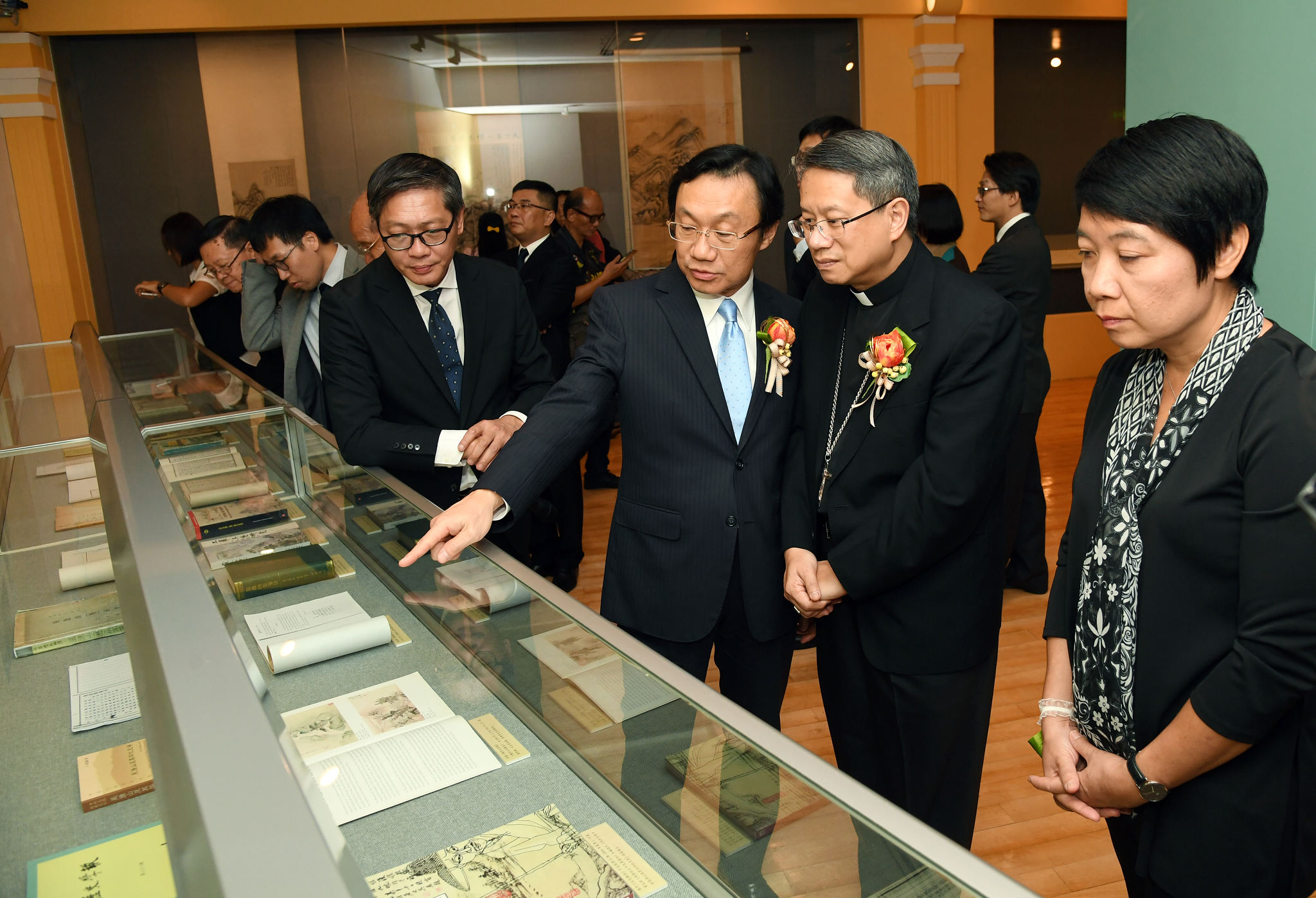
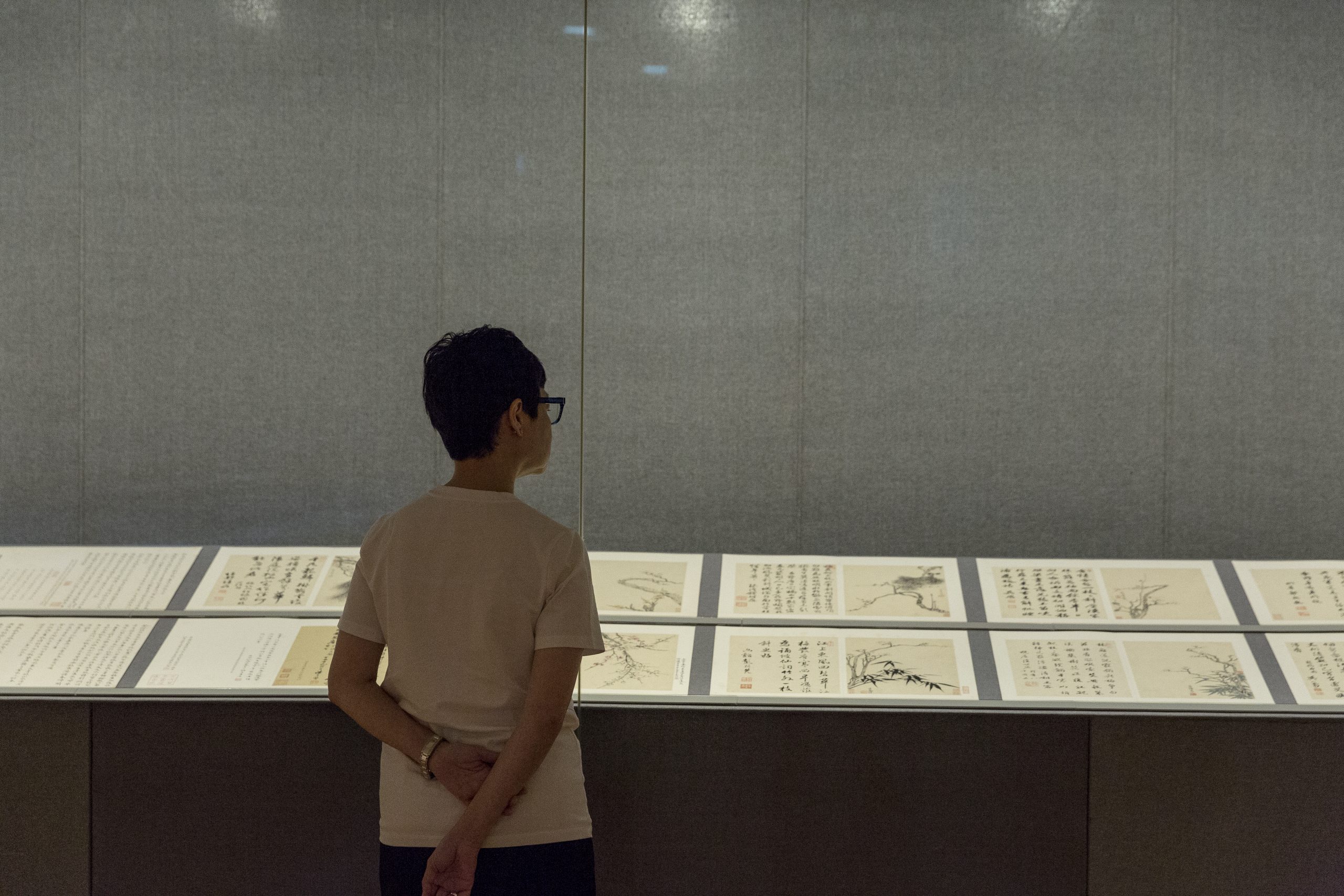
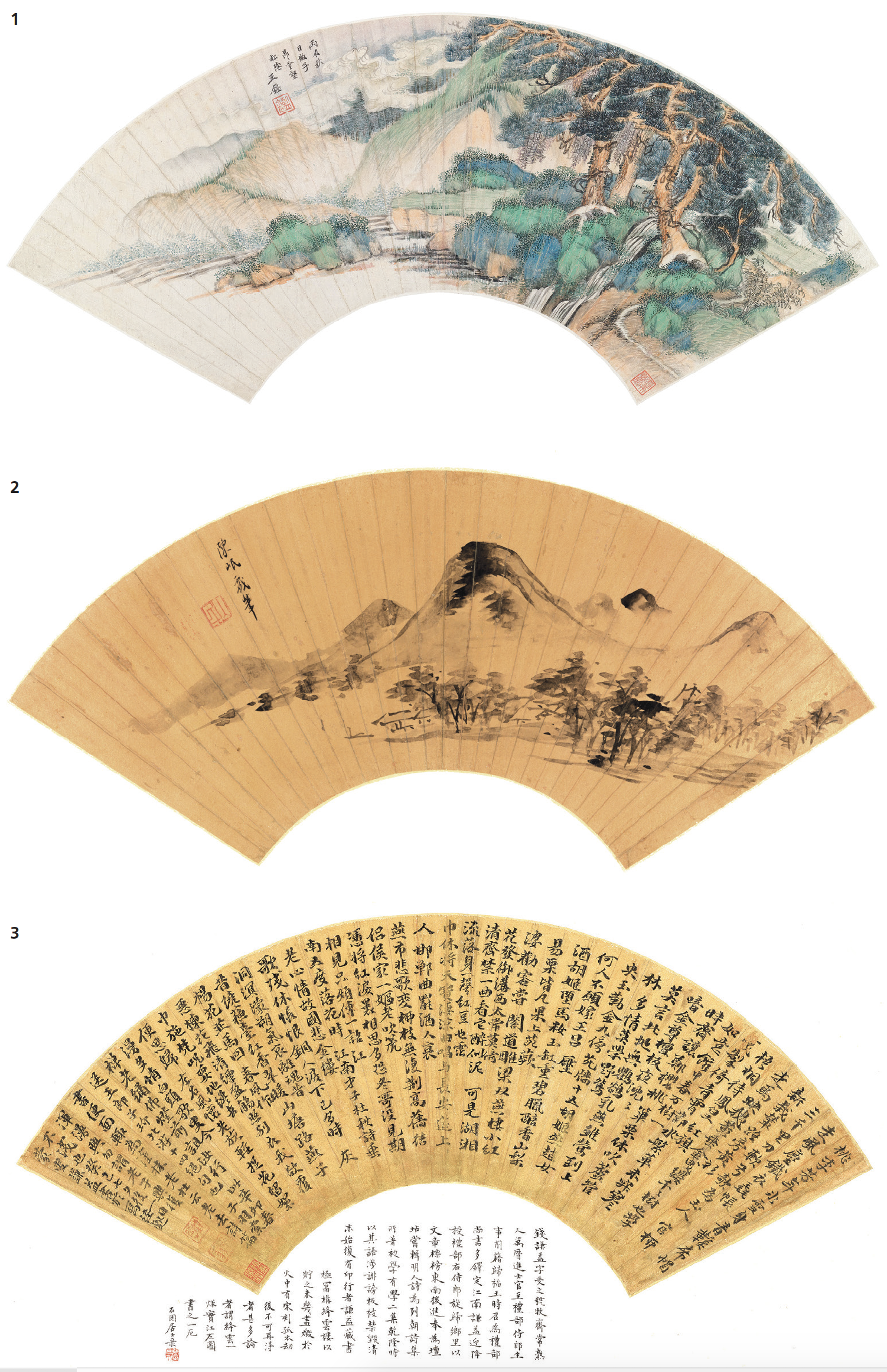
2. Misty mountains, ink on gold paper
3. Qian Qianyi Calligraphy in running script, ink on paper
Photo Courtesy of Macao Museum of Art
Changshu was a centre of religion as well as commerce, housing several Buddhist temples. It was also home to a Confucian residence that had been converted into a Catholic church, next door to the Wu home. The city was one of the centres of propagation of Catholicism in China, exposing Wu to missionaries from Europe.
The exhibition contains photographs of the Wu family home and nearby buildings, which Director Chan took during a personal visit to Changshu in March this year. “We cannot say for sure, but I believe that Wu was baptised a Catholic during his early years,” he said.
Wu did not want an official career with the wealth and rank it would bring. He focused instead on his art. His greatest talent was landscape painting in the traditional style of ink and water; he was famous for his dry brush strokes and light colours. He painstakingly emulated originals from the Song (960–1279AD) and Yuan (1279–1368AD) dynasties and sold them to provide for his mother and family. The death of his mother in 1662 affected him deeply.
His distinctive style made him one of the Six Masters of the early Qing period, all natives of southern Jiangsu. While nearly all specialised in landscape paintings (Yun Shouping painted flowers) Wu stood out for his willingness to innovate on the work of the old masters. By the 1660s, Wu had established a strong reputation as a painter and an accomplished man of letters, writing poems and books – the perfect embodiment of the scholar‐painter.
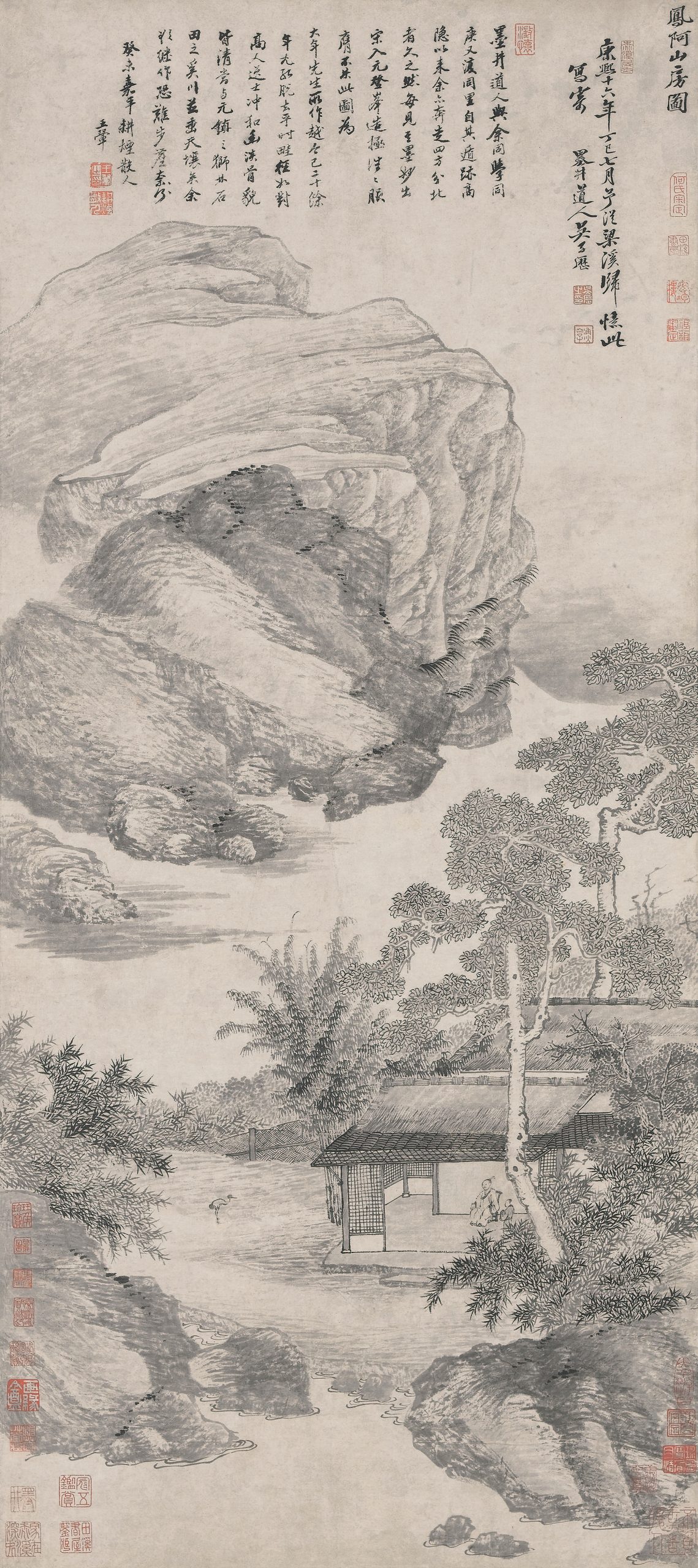
Taking up a new tradition
As a young man, Wu had been interested in Buddhism, but it had never satisfied him entirely. His interest in Catholicism came later in life when, in 1670, he accompanied a friend to Beijing.
There he met Jesuits working at the Imperial court and found himself impressed by their work, their scientific learning, and the Baroque churches they had built in the capital.
When he returned to Changshu in 1672, he found a flourishing Catholic community of 20,000 people, boasting 14 churches and 21 chapters. He met Jesuit missionaries like François de Rougemont and Philippe Couplet, a Belgian. Over the years, Wu nurtured a growing interest in the church and when his wife died in 1680, he made the momentous decision to become a Jesuit priest at the age of 50.
It was a remarkable choice for an accomplished Chinese intellectual, giving up his lifestyle and status as a famous painter for a spartan, celibate existence. “For Chinese painters, this decision of Wu Li was as if he had died,” said Director Chan.
In 1681, Couplet was recalled to Europe, to promote the China mission of the Jesuits and plead its cause before Pope Innocent XI. He planned to take with him five Chinese candidates for the priesthood, including Wu. But his age and ignorance of Latin proved disqualifying to the Jesuit superiors, ending Wu’s journey in Macao.
In the end, Couplet took with him just one Chinese candidate Michael Shen. During his travels in Europe, Shen met with King James II of Britain, who was so fascinated by the young man that he had a portrait made of him. It still hangs in the Queen’s Gallery in Windsor Castle today, a striking record of the first Chinese person to visit Britain. It could easily have been a portrait of Wu Li.
The exhibition reflects Wu’s thoughts as he sat in his room in the seminary overlooking the South China Sea, in a poem, “San Ba Ji” (Collection from St Paul’s). “It was not possible to go to Europe, So I stay in Macao in the autumn and the spring.” Wu travelled home in the summer before returning to Macao where he studied Catholic theology and Latin at St Paul’s College.
Chan said that, during Wu’s years in Macao, his studies largely kept him too busy to paint. “After he became a Jesuit, the number of his compositions fell. But he did some works, with the aim to attracting people to Catholicism.”
In 1688, he was consecrated a priest under the name Simon‐Xavier a Cunha in a ceremony conducted in Nanjing by Luo Wenzao, the first Chinese apostolic vicar and bishop. Wu was one of the first three priests personally ordained by Luo.
Wu was assigned as a missionary in his home province, in Jiading, in what is now Shanghai. In his letters, Bishop Luo described Wu as having faith and zeal to evangelise. Where he once struggled with the language, he could now say Mass in Latin. He even created a new branch of poetry, based on Christian theology but using classical Chinese forms.
For the past 10 years, I have not found a way out of this city of distress. Yet the clock cares not for the depths of my distress. It chimes day and night for itself.
Wu Li
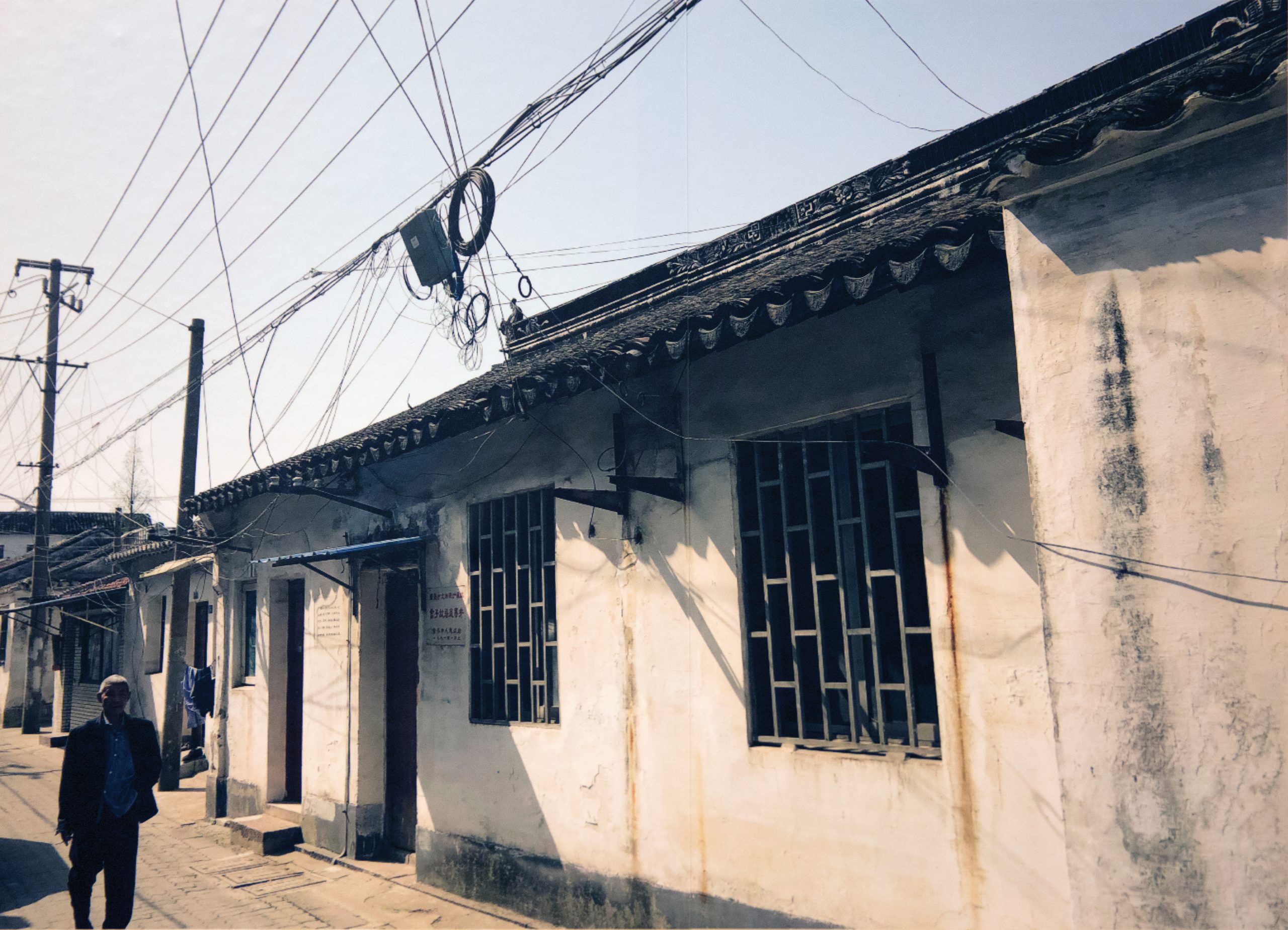
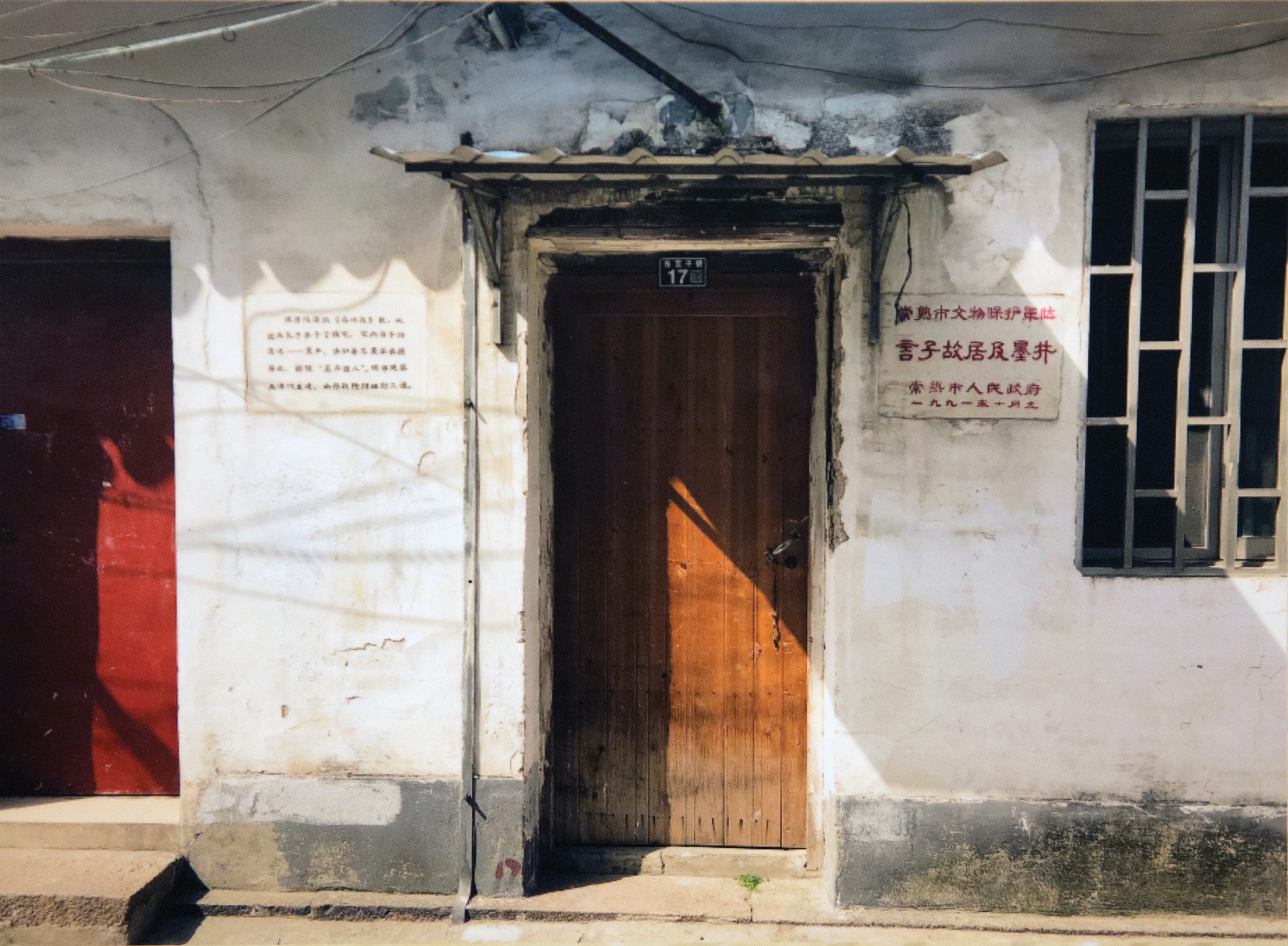

Struggle to evangelise
Relations between the Qing emperor and the Catholic church were good in the 17th century. The Jesuits served at the Imperial court, advising the emperor in areas including astronomy, mechanics, diplomacy, and the manufacturing of artillery. Two Jesuit translators took part in Sino‐Russian negotiations over the Treaty of Nerchinsk in 1689.
In 1692, Emperor Kangxi issued an edict of toleration of Christianity; the Jesuits were overjoyed. By the end of Kangxi’s reign in 1722, there were an estimated 300,000 Catholics in China, out of a population of more than 100 million.
Wu spent the rest of his life working as a missionary in the Shanghai region. These years marked the beginning of a difficult period for Catholics in China, as the papacy’s intolerance for Chinese rites provoked a backlash in the country. Sometimes Wu had to work in secret, travelling often and living in harsh conditions. He preached to fishermen and farmers. One convert recorded the sermons Wu delivered in 1696 and 1697 in the book Kou Duo (Record of Word and Deeds), the first collection of sermons by a Chinese priest.
Although he always retained a profound faith in God, a bleak sadness settled over Wu in his old age. “For the past 10 years, I have not found a way out of this city of distress,” he wrote in one of his poems. “Yet the clock cares not for the depths of my distress. It chimes day and night for itself.”
He died in 1718 in Shanghai, aged 86. He was buried there in the Jesuit cemetery of a Catholic church outside the south gate; it was later destroyed in the Cultural Revolution (1966–76).
The exhibition does not convey much sense of the final decades of Wu’s life. But Director Chan believes that a close look at some of the paintings from this period show how Wu was influenced by Western paintings, in particular, his use of perspective. “In those in the traditional Chinese style, the trees are the same size, wherever they are. But, in others, those further away are smaller. This was the Western way.”
Trading in his paintbrush for the pulpit may have diminished Wu’s fame during his lifetime, but three centuries later, his legacy remains strong. Opening night of his commemorative exhibition drew high‐profile guests from government, museums, philanthropy and publishing, as well as the bishop of Diocese de Macau and the superior of the Jesuits. Few people from the 17th century could hope to command such an audience.
